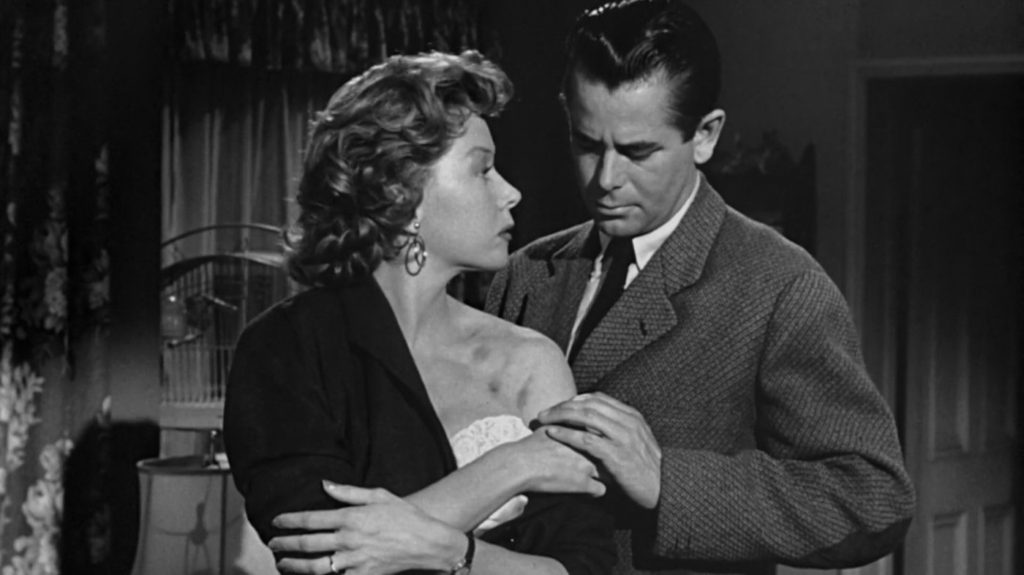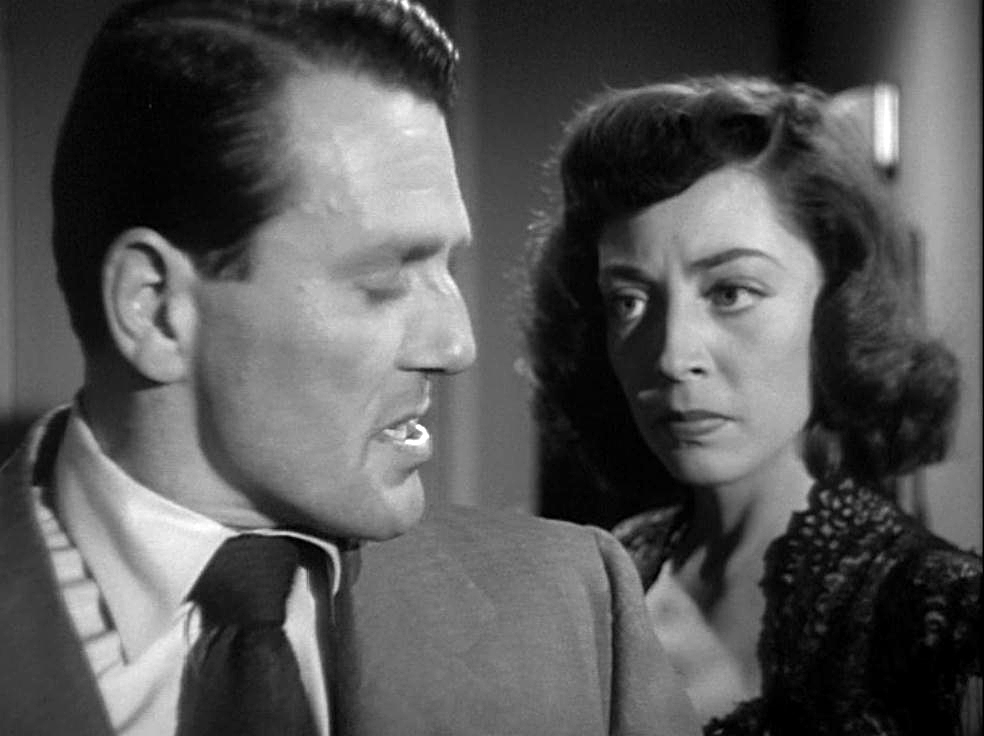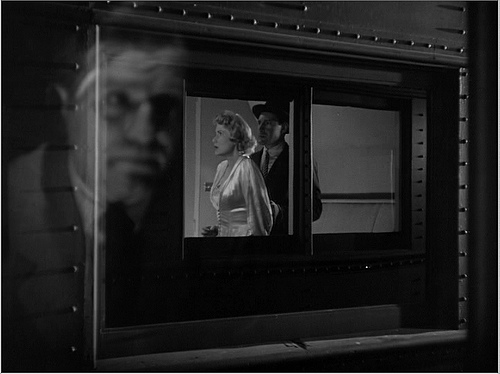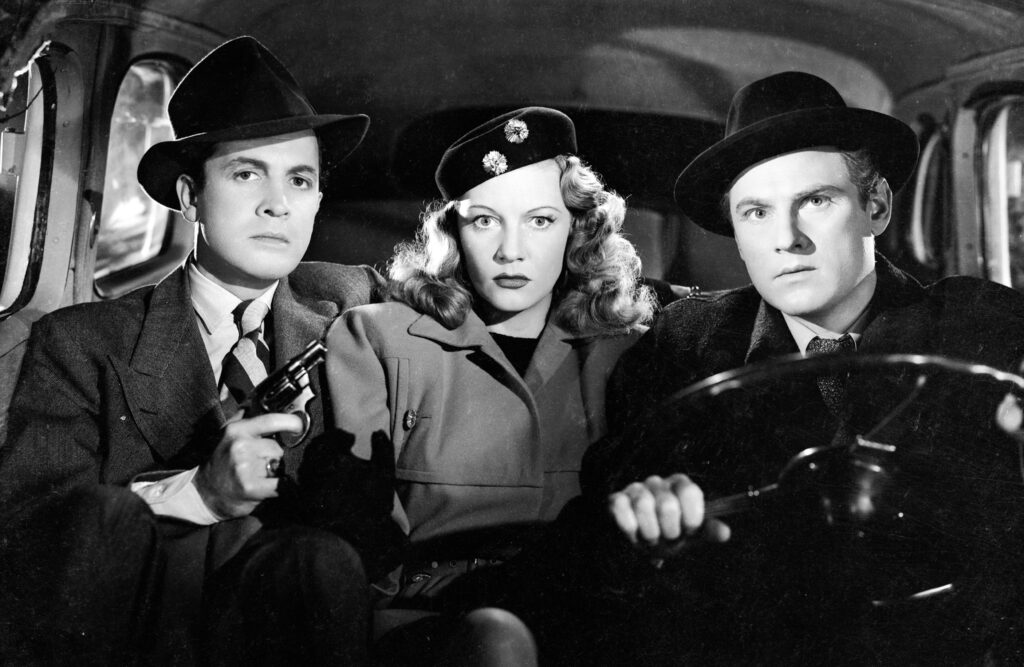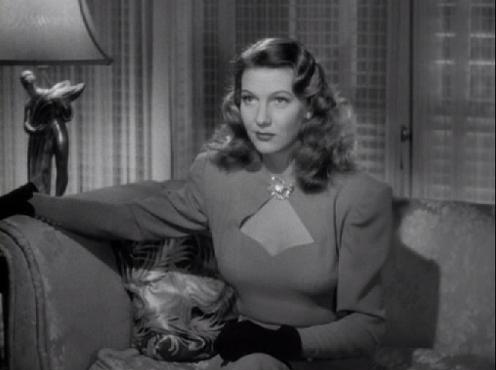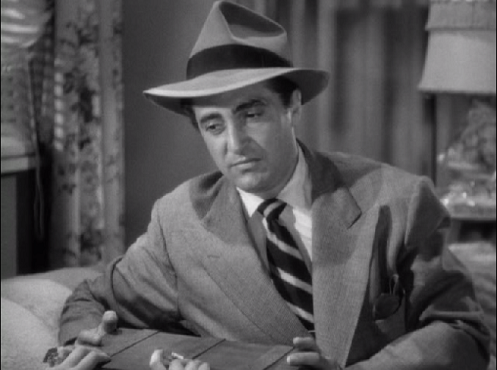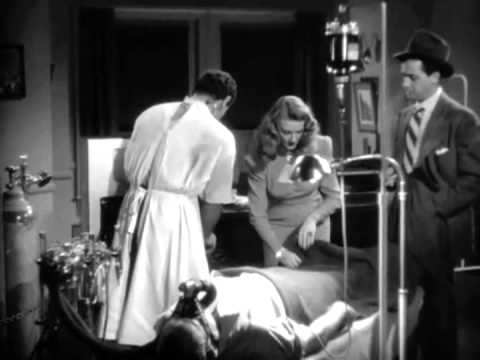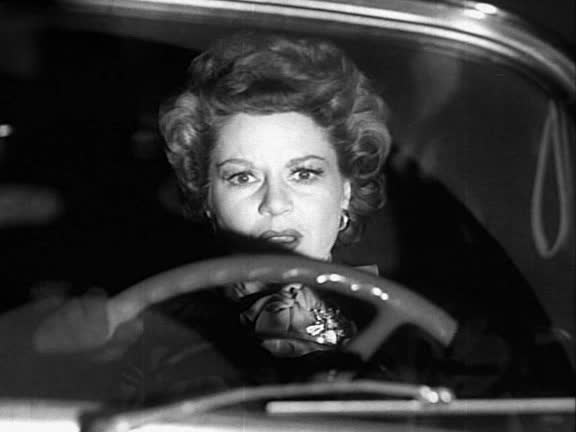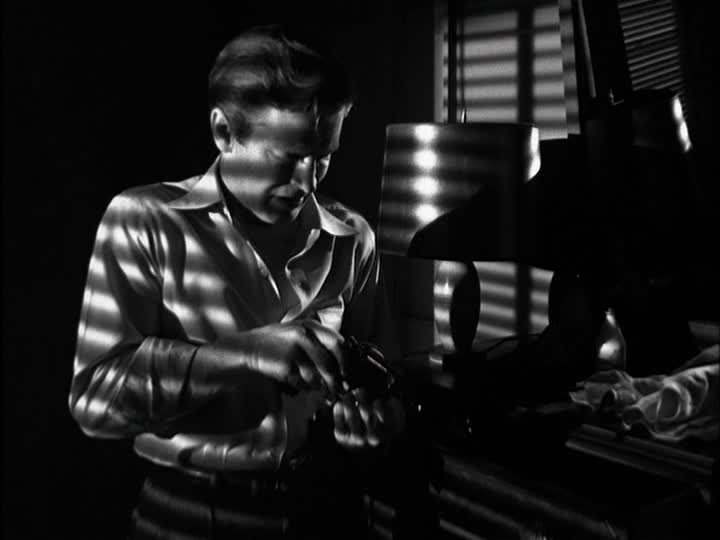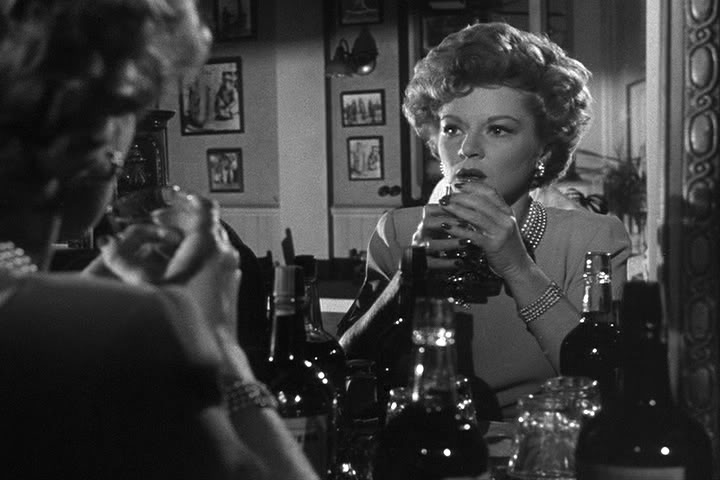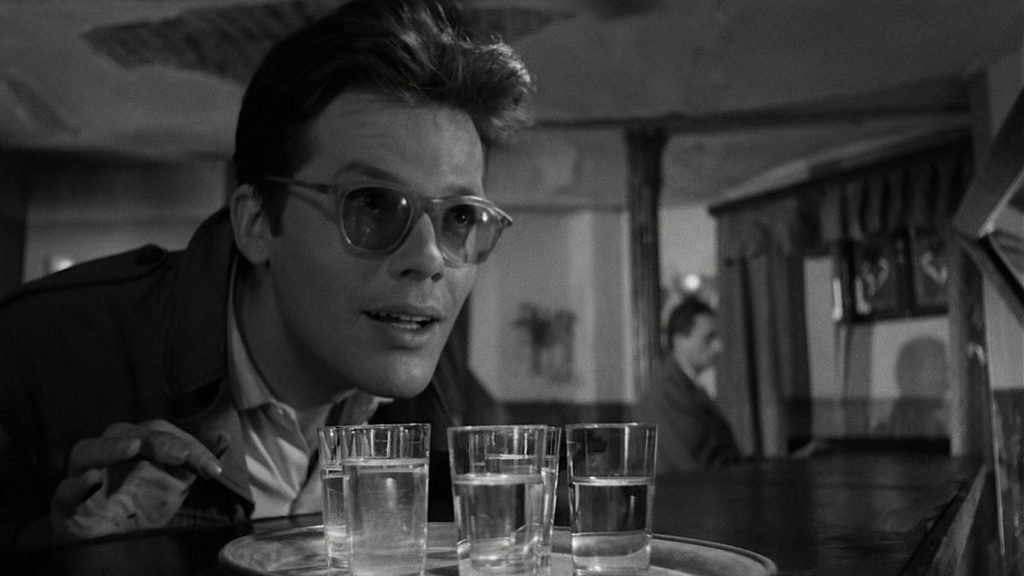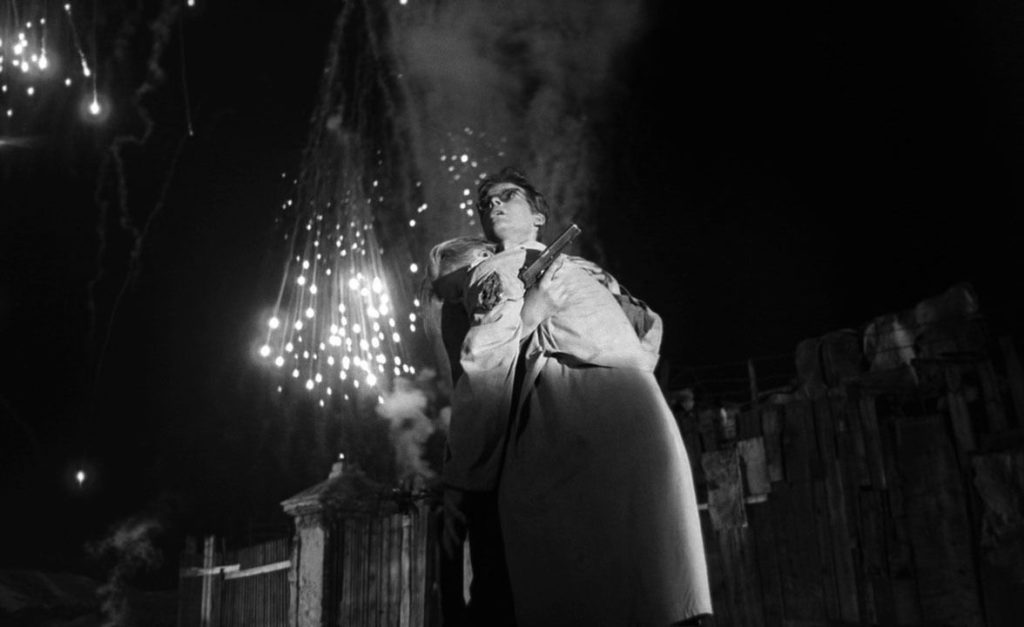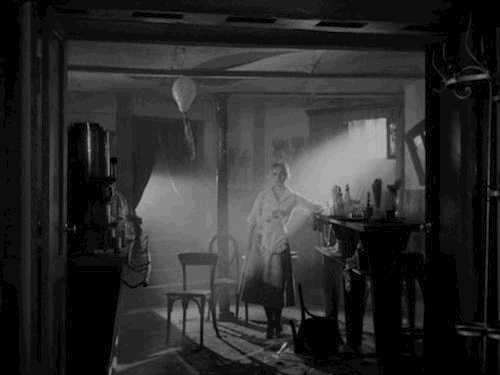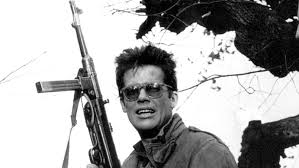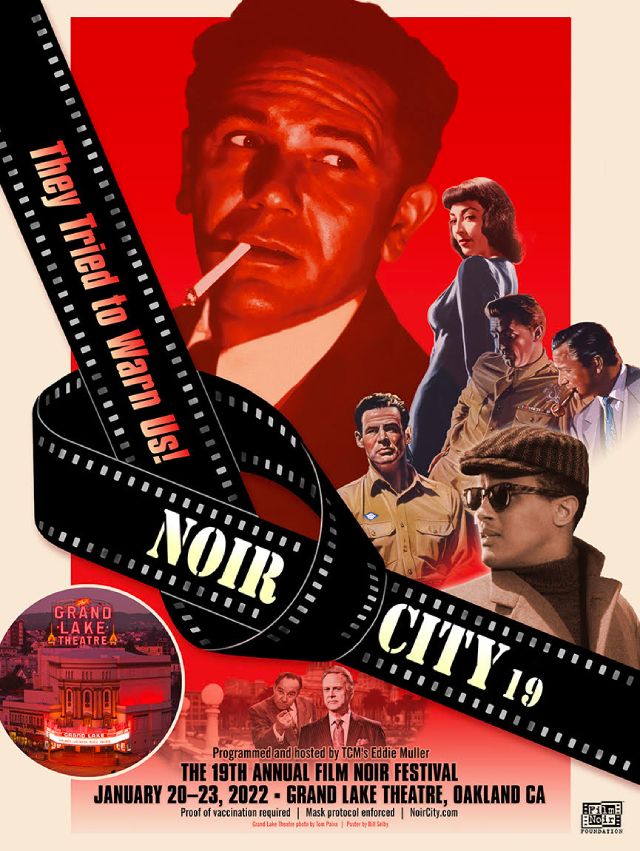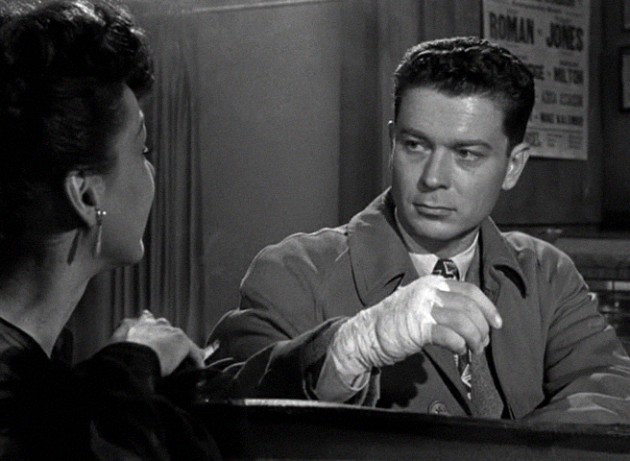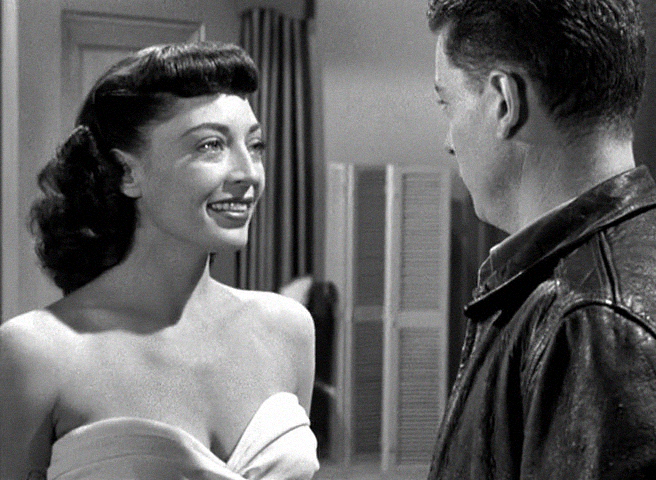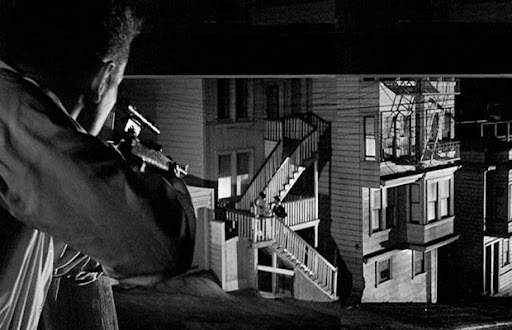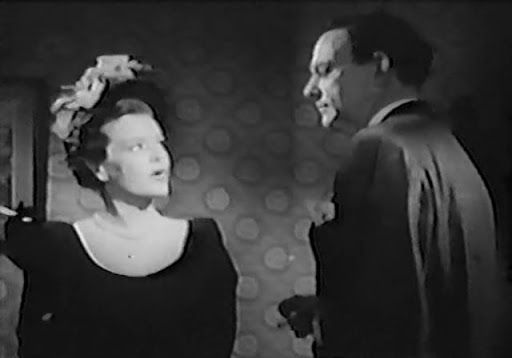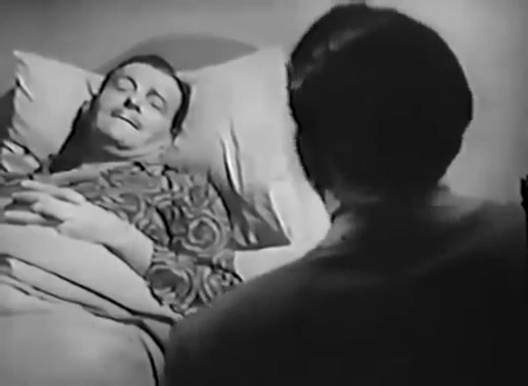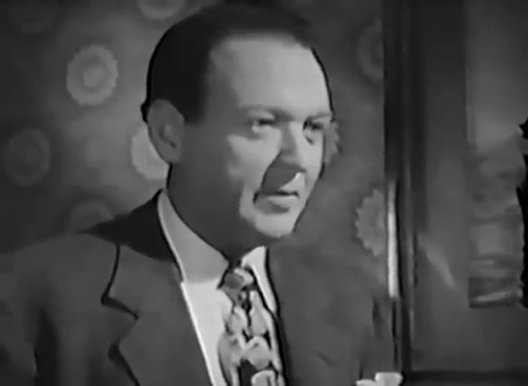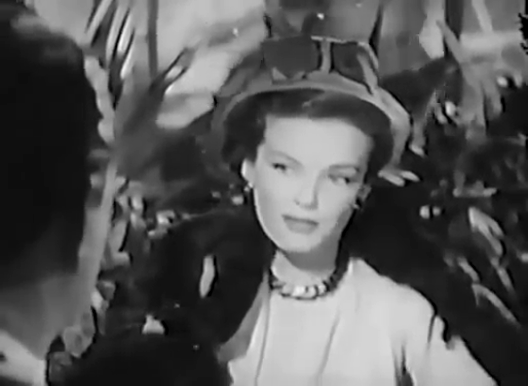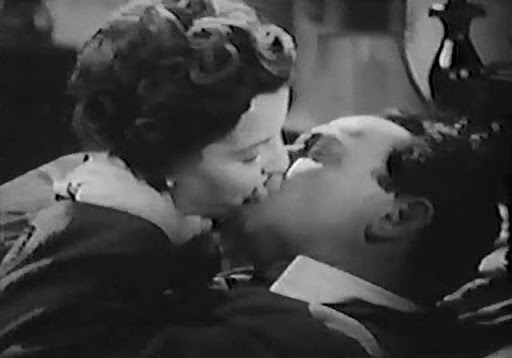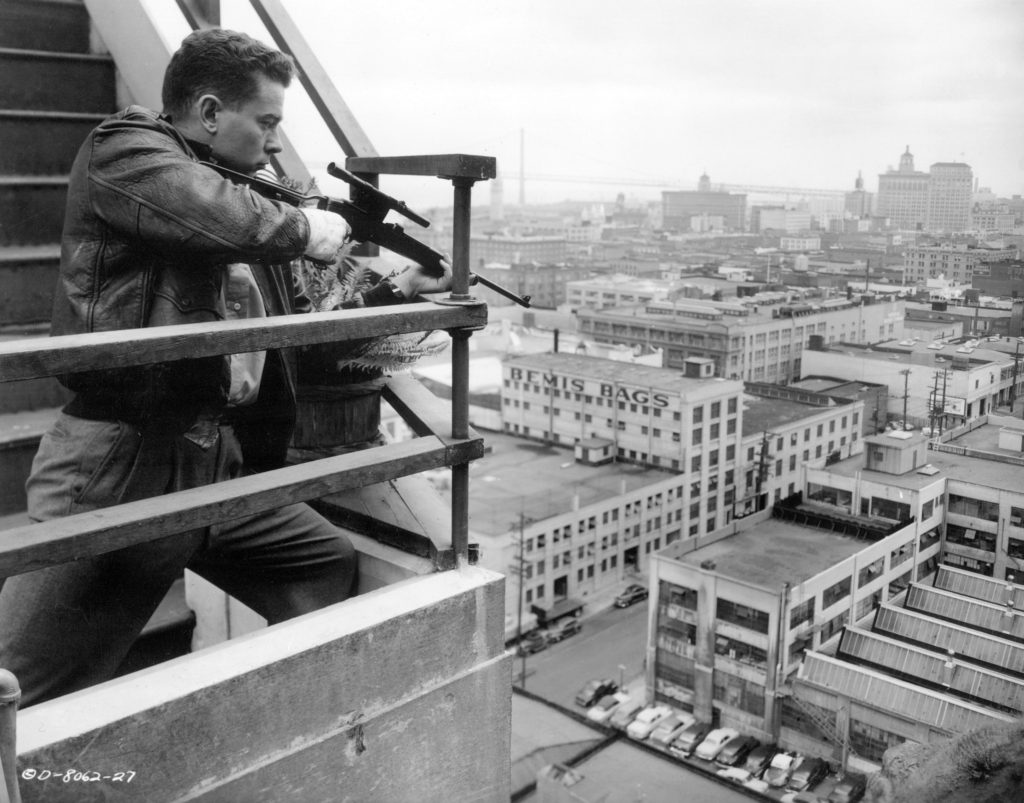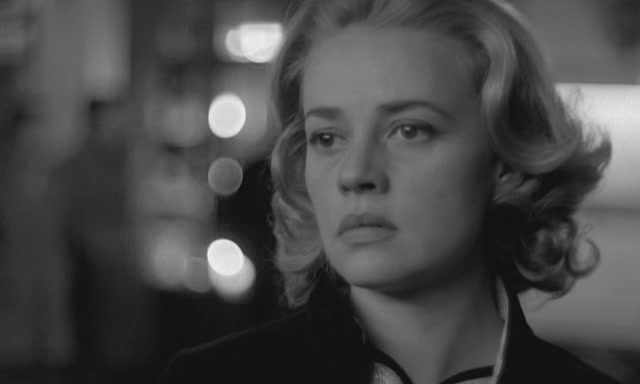
The Noir City film fest, always one of the best Bay Area cinema experiences, returns January 19-28 at the Grand Lake Theater in Oakland. The program for each night (or matinee) will present a double bill – one classic film noir from the US or UK, matched with one from Argentina, Mexico, France, Italy, Egypt, Japan or South Korea. This year’s tagline is Darkness Has No Borders.
Noir City is the annual festival of the Film Noir Foundation, spearheaded by its founder and president Eddie Muller. The Foundation preserves movies from the traditional noir period that would otherwise be lost. Noir City often plays newly restored films and hard-to-find movies.
One of Noir City’s greatest gifts to noiristas, and to cinephiles in general, has been introducing us to previously unfamiliar foreign noir classics. It is ONLY because of Noir City that I’ve seen some of my favorite movies: Los tallos amargos (The Bitter Stems), Black Gravel, El vampiro negro (The Black Vampire), Ashes and Diamonds, La noche avanza (Night Falls), …And the Fifth Horseman Is Fear and Girl with Hyacinths.
These titles from this year’s Noir City program are NOT available to stream, so Noir City is your best chance to see them:
- Street of Chance (US)
- Cairo Station (Egypt)
- Victims of Sin (Victimas del pecado) (Mexico)
- Black Tuesday (US)
- Aimless Bullet (South Korea)
- Plunder Road (US)
- Without Pity (Italy)
- Four Against the World (Mexico)
- Across the Bridge (UK)
- Strongroom (UK)
- Murder by Contract (US)
- Smog (Italy)
Not all the program is obscure. Here are three Must See classics:
- Elevator to the Gallows: This is such a groundbreaking film, you can argue that it’s the first neo-noir. It’s the debut of director Louis Malle, shot when he was only 24 years old. In 1958, no one had seen a film with a Miles Davis soundtrack or one where the two romantic leads were never on-screen together. Totally original.
- La Bête Humaine (The Human Beast) and Human Desire: In this Murder-The-Jealous-Husband double bill, Jean Renoir’s classic La Bête Humaine (The Human Beast) with the charismatic Jean Gabin and Simone Simon is paired with Fritz Lang’s remake, starring Gloria Grahame, Glenn Ford and Broderick Crawford. Grahame projected an uncanny mixture of sexiness, vulnerability and unpredictability, perfect for this hard luck femme fatale; (the fact that Gloria was a Bad Girl in real life doesn’t hurt.) I have the Australian version of the Human Desire poster in my living room; the tag line is “She was born to be bad…to be kissed..to make trouble“, and the Aussie authorities have labeled it “NOT SUITABLE FOR CHILDREN“.
- Le trou: This is the all-time best prison break movie, combining a riveting real-time escape procedural with a fear of betrayal that crescendos. Le trou is a true crime story, with three of actual participants consulting on the film and one of them playing the mastermind. It was the last film by Jacques Becker, who had directed Casque d’Or and one of the very best film noirs in any language, Touchez pas au grisbi.
Elevator to the Gallows and Human Desire are on my list of Overlooked Noir; check it out, along with my Overlooked Neo-noir.
Make your plans now. Review the program and buy tickets at Noir City. I’ll be there.
